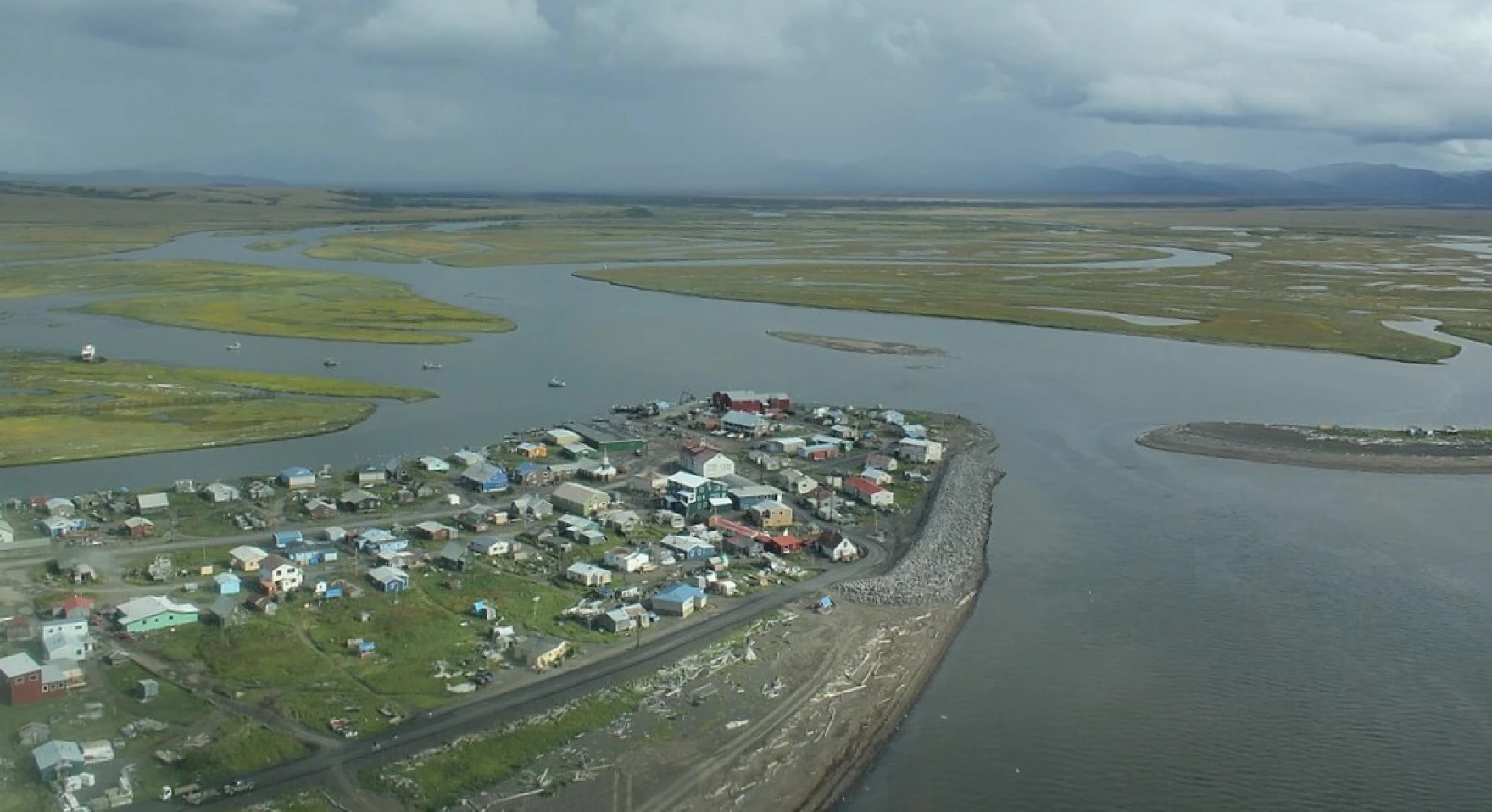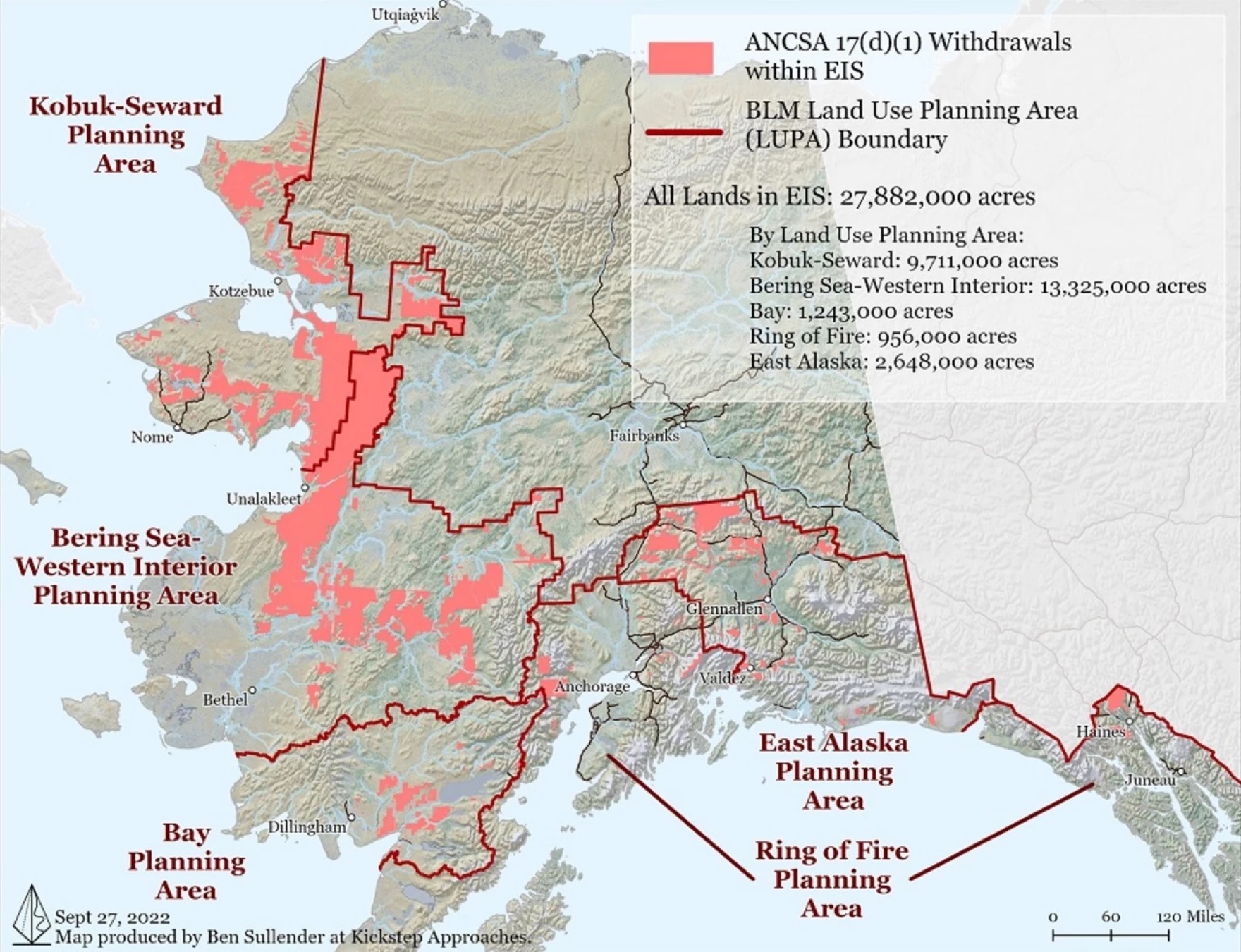
Interior Secretary Deb Haaland has made a decision to maintain the protection of 28 million acres of wilderness areas throughout Alaska, known as D-1 areas.
The move is widely supported by tribal and conservation groups across the state, who say removing protections would be a direct threat to indigenous peoples’ way of life and important fish and wildlife habitat.
The decision follows a comprehensive environmental impact assessment analysis In June, the U.S. Bureau of Land Management issued a directive recommending that the Secretary of the Interior take “no action” on the protected areas, making the areas off-limits to potential mineral exploration and development.
After the passage of the Alaska Native Claims Settlement Act in 1971, the lands were declared trespassable and have been closed ever since.
The lion’s share of D-1 areas are concentrated in the western part of the state: millions of hectares of them line the Norton Sound region and extend to large parts of the Yukon and Kuskokwim river systems.
In a statement released Tuesday, the Interior Department said the decision was in response to an unlawful move made in 2021 in the final days of the Trump administration, when then-Secretary of the Interior David Bernhardt signed orders lifting protections in the country.
“Tribal consultations must be treated as a requirement – not an option – when the federal government makes decisions that could irreversibly impact tribal communities,” Haaland said in the statement.
The BLM’s analysis found that not only would this negatively impact subsistence hunting and fishing activities, but that up to 117 communities would face the loss of federal subsistence priority eligibility on some lands if protections were removed and the state acquired ownership.
The office held 19 Community meetings throughout the state and received more than 15,000 comments from the public on the proposed changes. During the environmental review process, more than half of the state’s 227 federally recognized tribes expressed support for maintaining protections.
According to a press release from the environmental organization SalmonState, 183 Alaska Native communities are within 50 miles of a D-1 area, and half of all affected D-1 areas are within the range of the Western Arctic caribou herd.
The State of Alaska and Senators Lisa Murkowski and Dan Sullivan have spoken out strongly against maintaining D-1 protections. opinion After the BLM’s analysis was released, Sullivan claimed that Alaska Native communities would actually be harmed by the protections by “denying them access to gravel deposits for building local village infrastructure.”
The final decision on public land allocation will be published in the Federal Register later this week.

